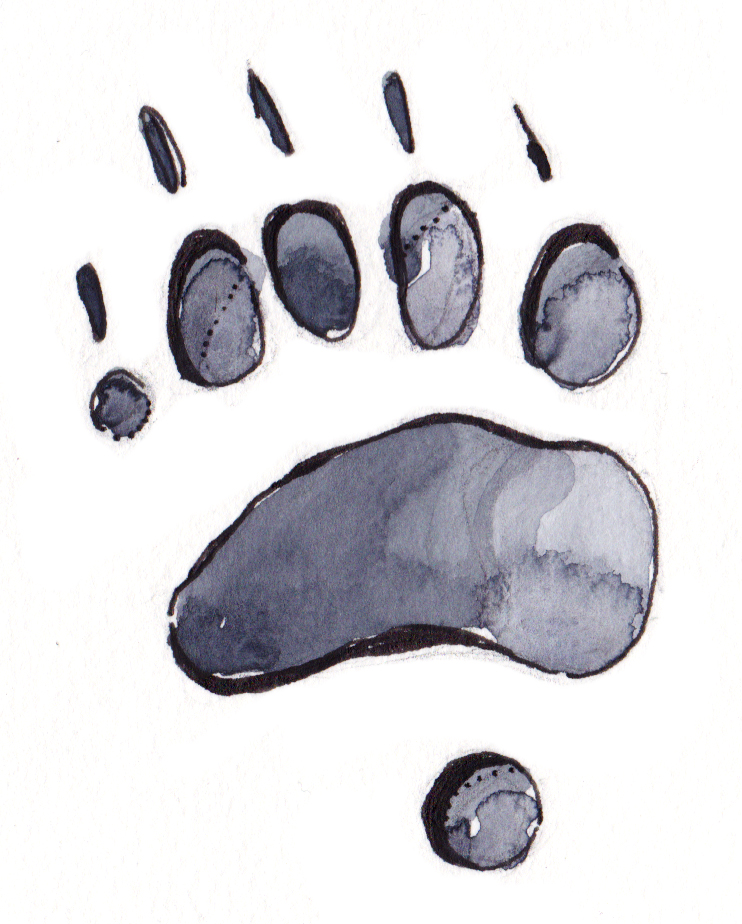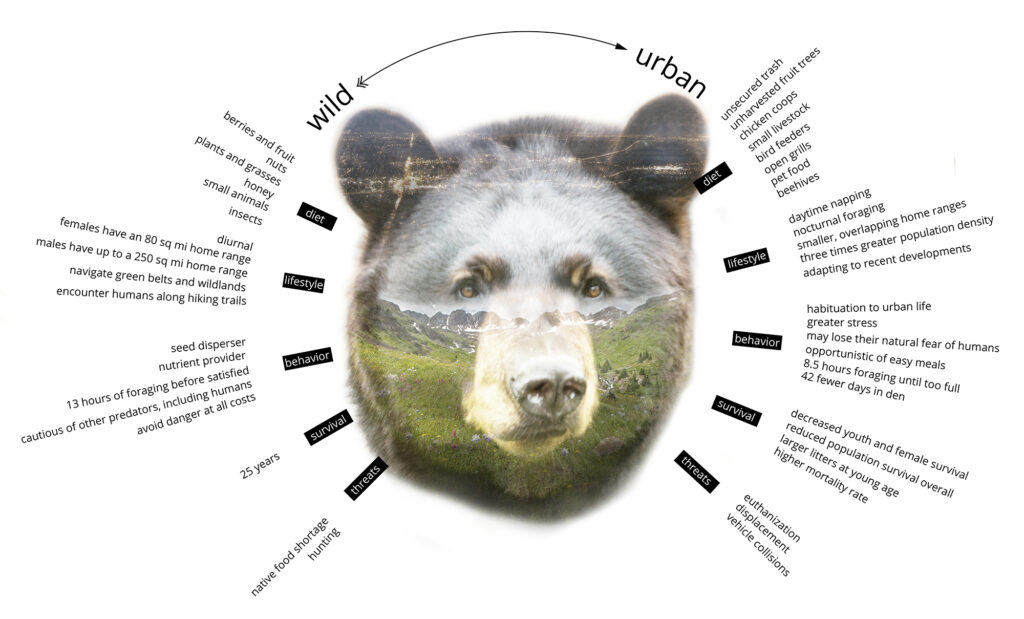Black bears are classified as carnivores, but “omnivore” seems to be a more fitting description since about 90% of their natural diet consists of mainly nuts, berries, young grasses and leafy forbs. The other 10% comes from scavenged carcasses and insects. They are opportunists, so when they have the chance they will also kill smaller mammals such as young deer, elk, or moose calves.
These ursines are extremely powerful animals, with jaws strong enough to crunch through deer bones, limbs that can flip over a 100-lb boulder in search of food, and short claws that allow the large bears to tear apart logs and effortlessly climb the tallest of trees. Although they are able to reach speeds of up to 35 mph during short sprints, their bodies are mainly built for strength and endurance, which allows them to set out for long daily journeys of up to 5-15 miles. Each bear is different, but they all have the same thing on their minds: food, shelter, reproduction, and avoiding danger.



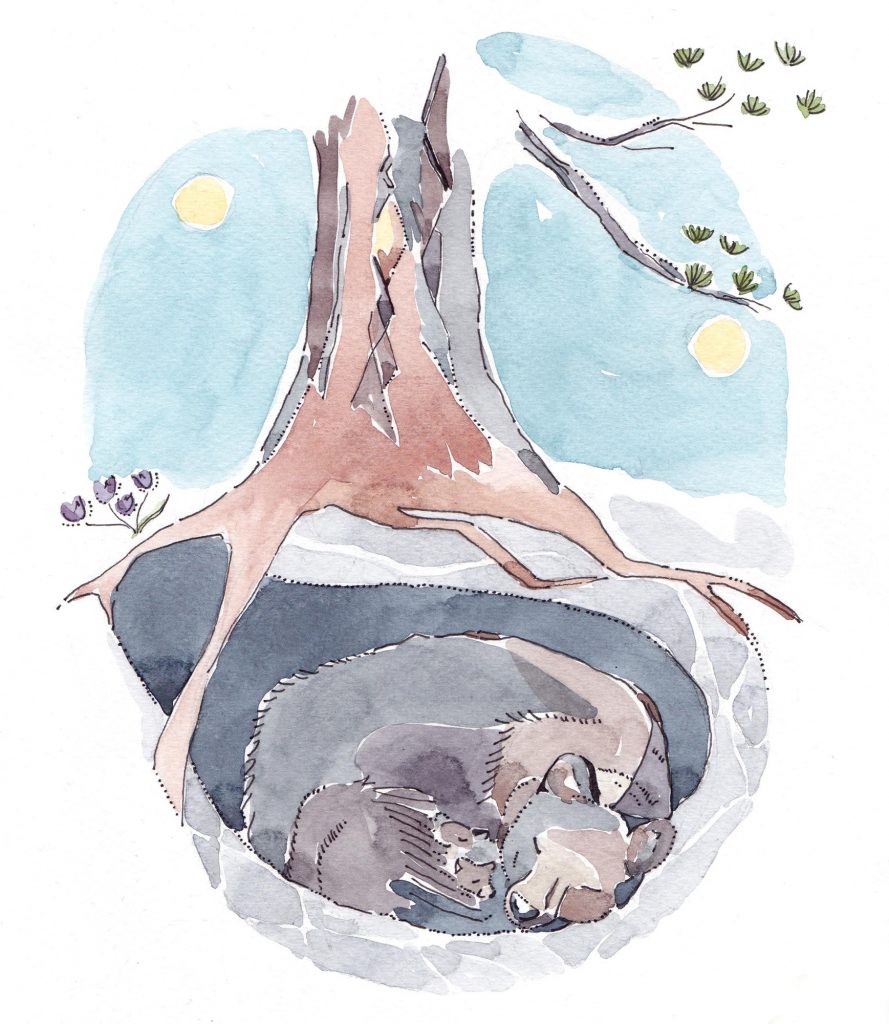
How they stay alive for up to 7 months without food is dependent on the spring, summer and early fall months that lead up to hibernation. During late summer and fall, black bears enter this phase of intense eating, called “hyperphagia.” The bears need to gain about 3-5 lbs each day, which on the high end evens out to the animals spending up to 20 hours a day foraging so they can eat roughly 20,000 calories on a daily basis. If you think about that in terms of the average human, 20,000 calories is enough food to last the average woman for 9 days. The fat reserves gained from this constant state of foraging is necessary for their survival, and the bears won’t head out to their winter dens until they’re able to fully bulk up.
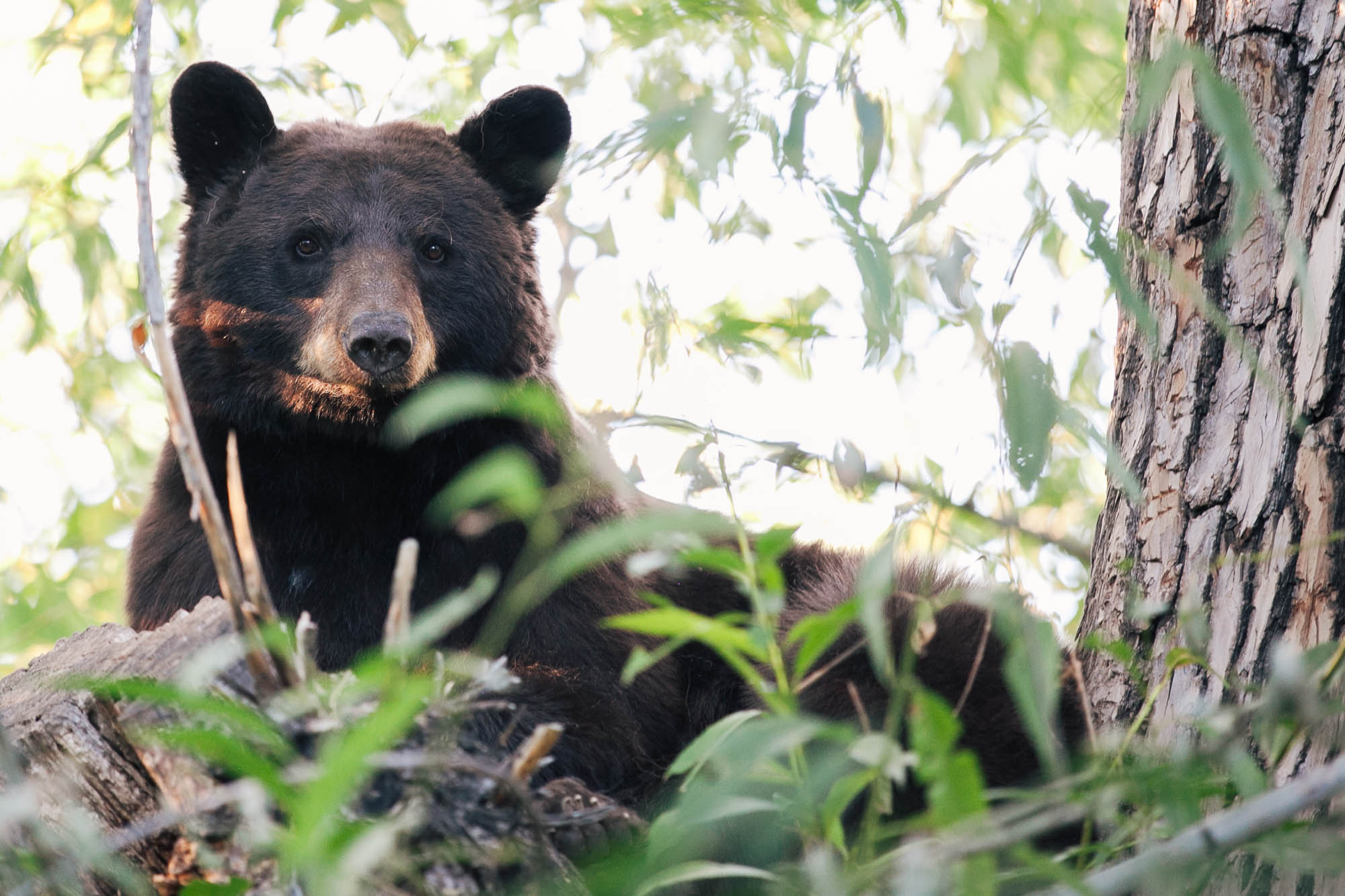
With the exception of moms and cubs, who are inseparable until the cubs are ready to go off on their own after their 2nd winter together, black bears tend to be rather solitary animals. However, if food sources are exceptionally abundant, they will tolerate one another and forage in groups. Otherwise, they will follow their noses to wherever food is available.
Calorie Counter
These are just a few edible items black bears are known to consume both in the wild and in urban areas. Take a guess at how many Calories are in each item, hover over the images, and find out the number!
*Reference: Living with Bears Handbook by Linda Masterson

APPLES
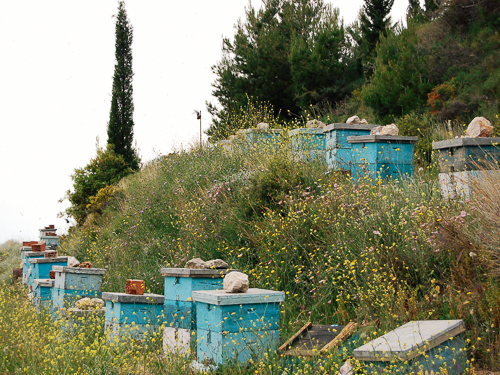
BEEHIVES

ACORNS

TRASH

TENT CATERPILLARS
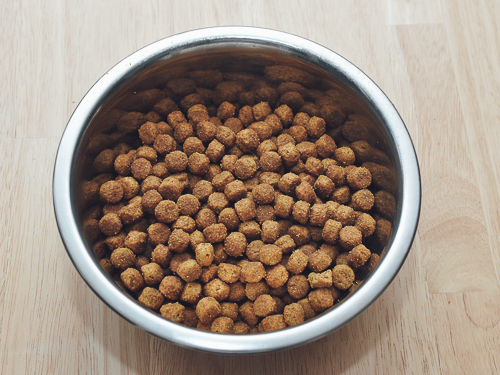
PET FOOD

BIRD FEEDER

BLUEBERRIES

CHICKENS
With human communities continuing to expand into bear territories, regions throughout North America are experiencing an increased number of conflicts with black bears. To make matters more difficult each location has its own unique landscape, attractants, and attitudes surrounding wildlife; there is no “one solution fits all.” To put things into perspective, let’s take a journey to Boulder, Colorado to understand how residents are attempting to live with their wild neighbors.
All illustrations by Erin Hauer for the Bears & People Project
